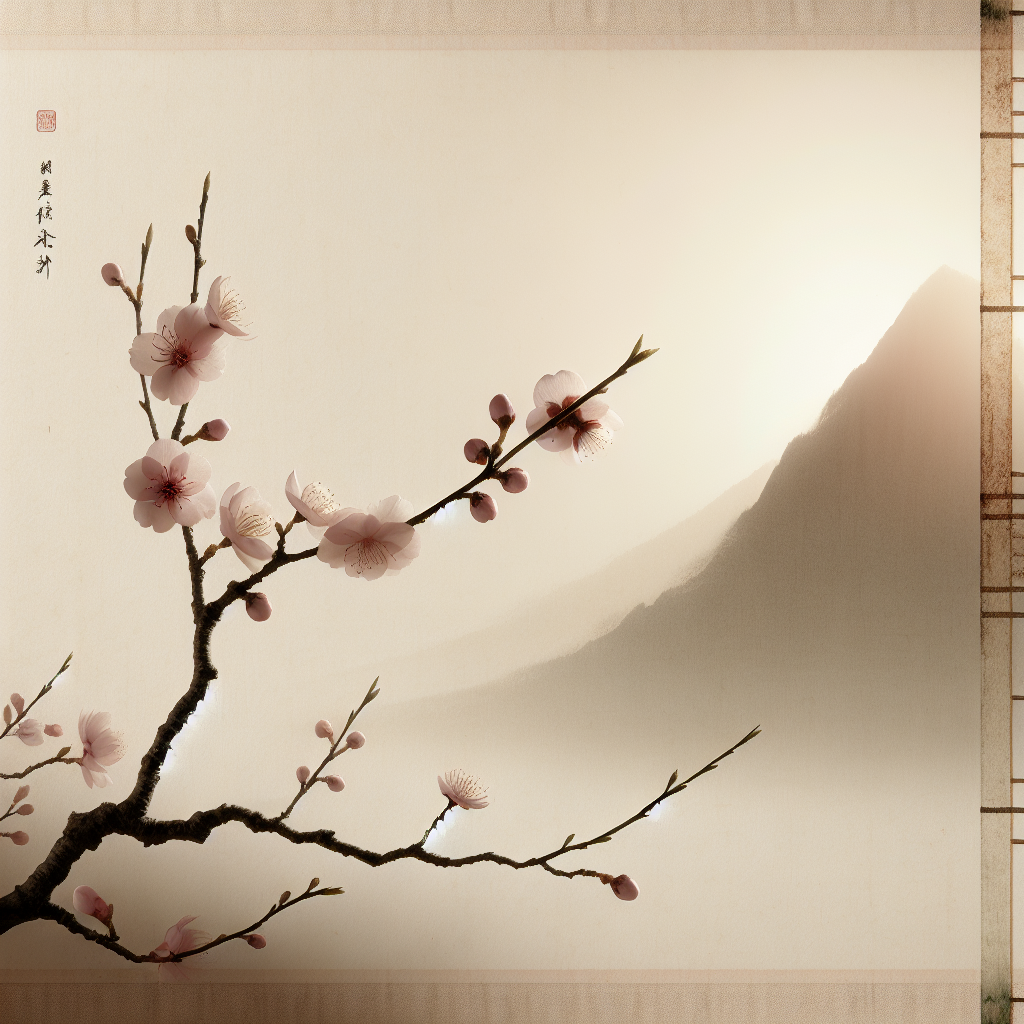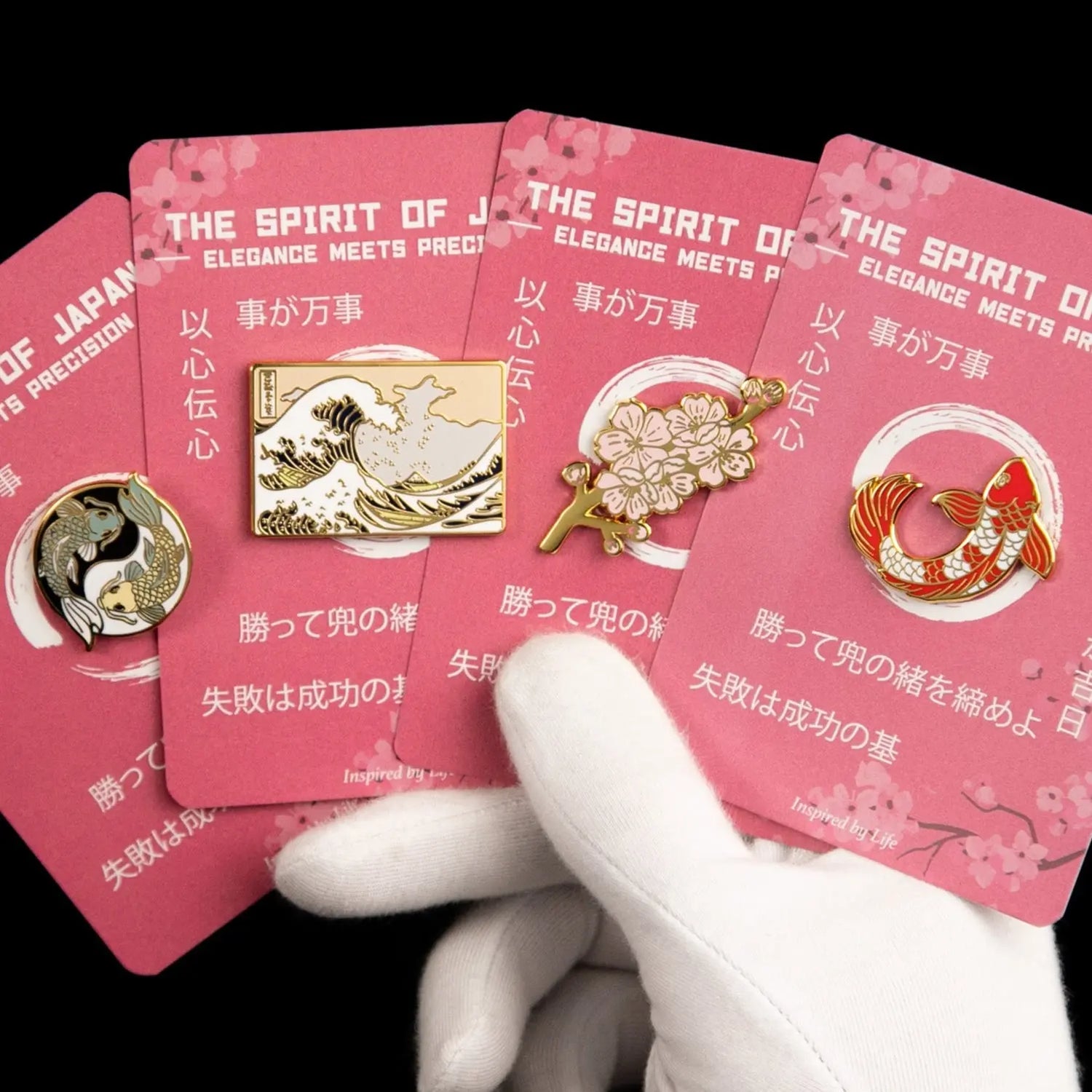
What Does Yandere Mean? Exploring a Fascinating Anime Archetype
If you’ve dipped your toes into the world of anime and manga—especially genres that flirt with playful and provocative themes—you’ve probably come across the term yandere. But what does yandere really mean? Let’s dive in, because this character type is as captivating as it is complex, blending sweetness with a hint of danger in ways few others do.
Breaking Down the Yandere Archetype: Sweetness Meets Obsession
At its heart, yandere is a Japanese word made by combining yanderu (meaning “to be sick” or “mentally ill”) with dere dere (which means lovey-dovey or affectionate). Imagine a character who starts out incredibly warm, caring, and loving—like the most devoted romantic partner you can picture. They’re your sunshine on a cloudy day, the comforting friend you lean on.
But here’s the twist: as the story unfolds, this caring nature grows into something much more intense—bordering on obsession. Suddenly, that deep affection can turn possessive, and sometimes... well, things get darker. In extreme cases, violence can even emerge. This unusual mix of tenderness and obsessive, sometimes aggressive behavior, is what makes the yandere archetype so fascinating.
Why Do Yandere Characters Captivate Anime Fans?
It’s not just the drama that hooks viewers—it’s the emotional rollercoaster yandere characters provide. Anime and manga excel at exploring complex feelings, and the yandere character archetype is a prime example.
Yandere characters live on the fine line between love and obsession. Their unpredictable nature ramps up tension and suspense. Will they protect their love interest, or become a danger? This delicate balance adds emotional depth, making stories more gripping and relatable to anyone who’s ever felt affection and possessiveness blur together.
Yandere in Japanese Culture and Storytelling
Japanese media has a rich tradition of delving into psychological extremes and emotional nuances through storytelling. The yandere fits perfectly into this approach.
In Japanese stories, love isn’t always shown as pure and gentle. Instead, it often has messy, raw edges—obsession, jealousy, vulnerability, and even violence. This reflects real human relationships, but heightened in the dramatic, stylized way anime and manga love to play with emotions.
What Role Does Yandere Play in Ecchi Anime?
If you know the ecchi genre—which mixes playful, risqué content with humor and adult themes—you’ve probably met yandere characters before. Ecchi anime often showcases exaggerated emotions and actions, and yandere personalities fit right in.
Their intense romantic possession and dark streaks add both tension and comic relief. Their extreme devotion can be as scary as it is funny. This push-pull of fear and laughter keeps fans on edge, emotionally invested and entertained.

Want to capture some of that unique yandere energy? Check out this adorable enamel pin that perfectly captures the cheeky, playful spirit of ecchi and anime culture: Cheeky Pink Haired Anime Girl Enamel Pin - Ecchi Tongue Out.
What Makes the Yandere Archetype So Emotionally Impactful?
Think of love as a rose—beautiful and delicate, but surrounded by thorns. Yandere characters are just like this. They begin as the sweet bloom everyone admires. But as their obsession grows, so do the thorns. It’s a vivid picture of love’s darker side, and it strikes an emotional chord.
Yandere characters don’t just add drama; they humanize extreme emotions. They show us how love pushed too far can twist unexpectedly.
There’s also a psychological side. The yandere often hides vulnerability beneath their manic or intense exterior. Their possessiveness can spring from fear of losing someone, loneliness, or past trauma. This deeper emotional layering is why yandere characters tend to linger in viewers’ minds.
How Has Yandere Evolved in Anime and Manga?
Like many archetypes, yandere has changed over time along with anime and manga culture. Early yandere characters were usually simple villains—obsessive love led straight to violence.
Today, creators add more depth. Comedy, drama, and psychology mix into yandere roles, making these characters more relatable and complex. They’re no longer just villains, but often tragic or even sympathetic figures.
Yandere characters have also broken out from ecchi anime. Now, they appear in many genres, each adding a fresh spin to the archetype.
Why Should Newcomers to Anime Care About Yandere?
If you’re new to anime and manga, understanding the yandere archetype opens a window into a unique part of Japanese culture. It’s more than just a quirky character type—it shows how Japanese stories embrace the messy, intense emotions that shape real human connections.
Recognizing yandere characters will deepen your appreciation for anime’s emotional complexity. It also makes watching ecchi and other emotionally charged series more fun and meaningful.
Final Thoughts: Love, Obsession, and Storytelling’s Emotional Power
So, what exactly does yandere mean? It’s a powerful mix of love and obsession, sweetness and danger, warmth and dark intensity. The yandere archetype captures a wide emotional spectrum that’s a hallmark of Japanese storytelling—ranging from innocent to extreme—all wrapped in the colorful world of anime and manga.
Yandere reminds us that love isn’t always simple or neat. It can be messy, intense, and even a little scary. And that raw emotional power is what keeps anime fans coming back for more.
Before you go, if you want to add a little playful yandere energy to your collection, check out this fun enamel pin: Cheeky Pink Haired Anime Girl Enamel Pin - Ecchi Tongue Out.
Embrace the complexity, and dive deeper into the world of yandere—the anime character who keeps us guessing every step of the way.
What does yandere mean in anime?
Yandere refers to a character archetype in anime and manga combining affection and obsessive, sometimes violent behavior driven by deep romantic feelings.
How is yandere different from other anime archetypes?
Unlike other archetypes, yandere blends loving affection with a potentially dangerous obsession, often crossing into possessiveness and emotional extremes.
Where can I find yandere-themed merchandise?
You can find yandere-themed merchandise such as enamel pins on our site, like the Cheeky Pink-Haired Anime Girl Enamel Pin – Ecchi - Tongue out, perfect to capture yandere energy.

